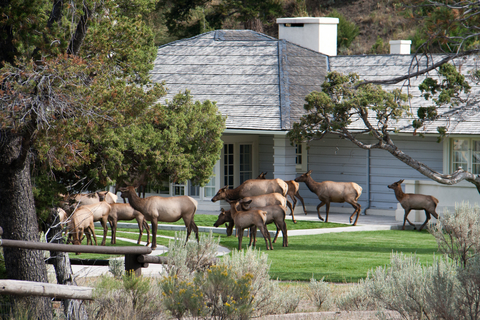
I grew up traveling to the places my dad loved the most. We spent a lot of time in the high desert of Nevada and then spent a lot of the winter in Baja. The other thing my dad loved to do was hunt. But his kind of hunting had to do with a camera, and from an early age I went all over the place with dad as he showed me how to sneak up on animals so he could get a picture.
So even before I took up hunting with weapons, I had a pretty good idea of how to get close enough to animals without spooking them. As time went on, I lost interest in photography but the skills I learned, helped shape the hunter I am today.
More than 20 years later I got back into photography and now that I’m up to my waist with equipment, I realize how much hunting and wildlife photography compliment each other. If you have a camera and want to get started photographing wildlife or take pictures and want to learn to hunt, here are a few things to consider.
The magic time for hunters and photographers is always at first light and at last light. That is the time when you have the best chance of seeing the game and when the light is the best for a wonderful picture. As in hunting, the earlier you can get out there — usually before it gets light — the more time you have to settle in and let the forest get back to it’s “baseline,” which is kind of like its natural state.
If you truly want to get some good photographs, you aren’t going to be fumbling through the woods in a bright yellow T-shirt and salmon colored shorts. You will want to camouflage yourself much like you would if you were going to stalk in on your subject — which is exactly what you’re doing. When I want to get some good wildlife shots, I do it up big, complete with the face cammo.
Just like hunting, awareness is one of your best tools in the woods. The more aware you are of the sights, sounds and smells, the closer you will be to the heartbeat of nature and the easier it will be to slip into the present moment where all living things are doing there thing. Leave all the worries of your life at the truck. Get into the flow and you will experience more.
It is also very important to move very slowly, maybe a few steps and then stand still for a minute or two. Break up your pattern of movement so you don’t look and sound like a human. I have found that the slower I go, the more I start to get into the rhythm of nature, which is unpredictable due to the predator/prey game. I also tend to see more tracks, hear more sounds and feel the direction of the wind.
Speaking of wind, as in hunting, if you want to be able to get close to wildlife, you will always want to know the direction of the wind and make sure you aren’t upwind of whatever you are trying to stalk up on. The same goes for sunlight. As you’re moving through the woods, pay attention to where the sun is. Are you highlighting yourself? What about silhouetting yourself if you are walking on a ridge? Same thing applies here—be aware of your position in comparison to everything else.
The greatest thing about hunting with a camera is that there is no off-season. You can practice your skills all year round. The more aware you are, the more likely you are to get some great shots—and that is the same philosophy as when you are hunting.
Photo credit: Flickr CC
Elk in North America
-
Does this angle make my nose look big?
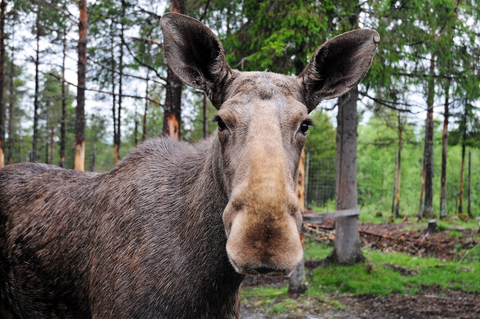
-
It's great to be an elk in the morning.
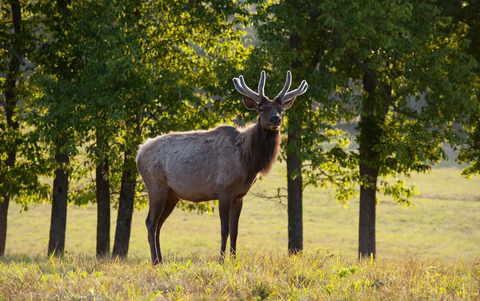
-
Glad I brought my winter coat.
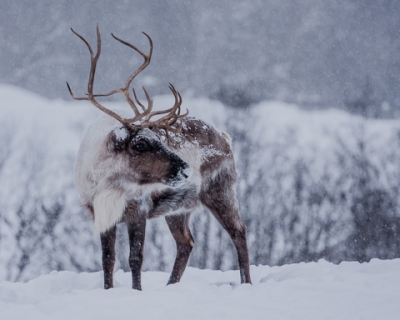
-
Milk does a body good.
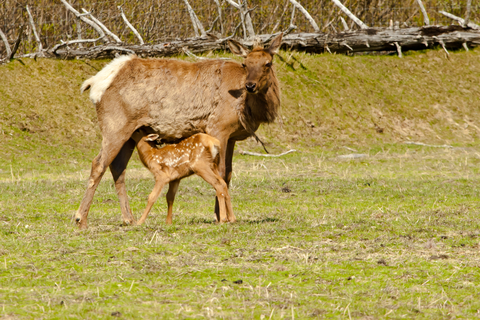
-
Finally some water greens.
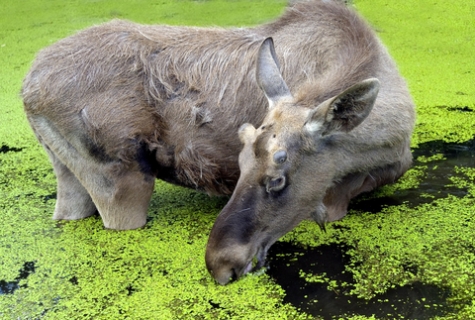
-
Just chewin'
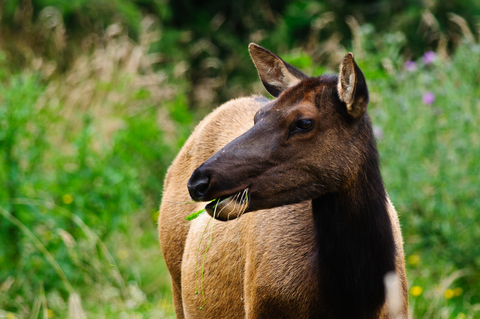
-
A little R and R.
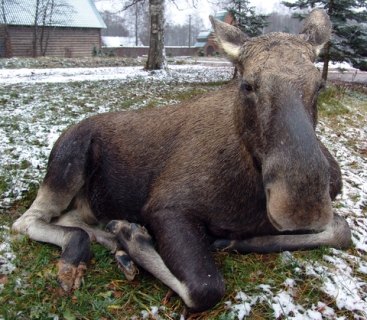
-
Kinda wish we brought the snow shoes about now.
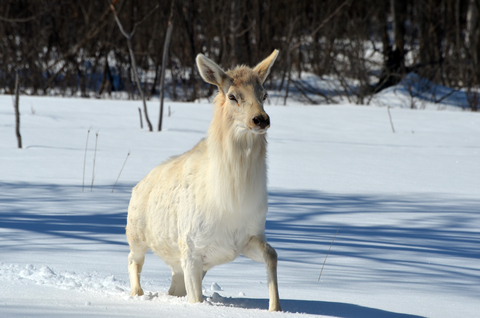
-
Okay boys, we got a lot of grass to eat before nightfall.
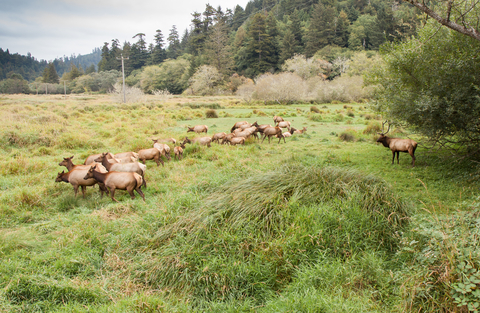
-
You guys don't mind if we move in do you?
